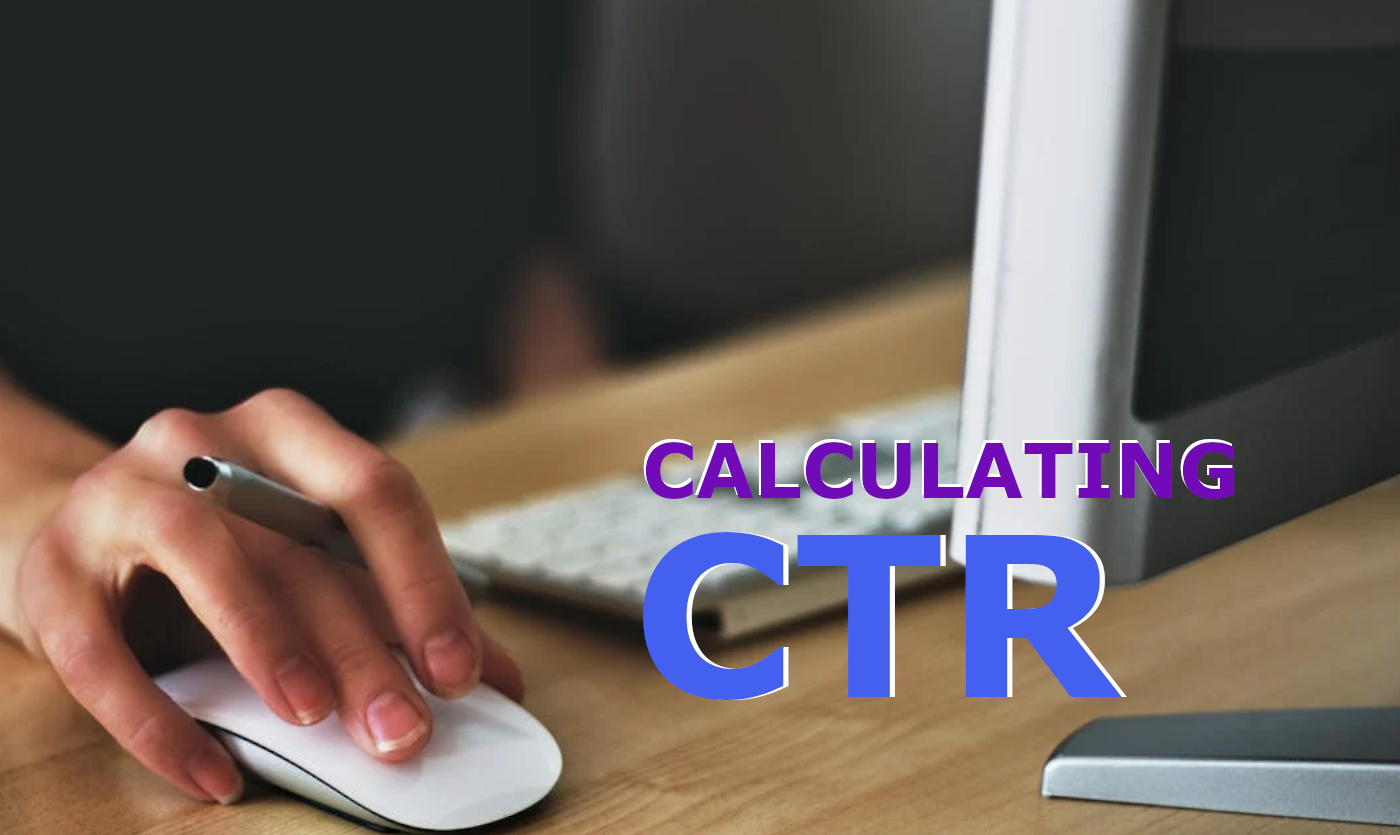How to Calculate ROAS for Marketing Performance
Return on Investment (ROI) is when business planning, but for marketers, learning how to calculate ROAS for marketing performance will play a more critical role. This is especially true for marketers in the digital advertising space.
Definition: Return on Ad Spend (ROAS)
Return on Ad Spend (ROAS) is how marketers, brands, and others in the advertising space measure the overall impact of advertising with regard to sales impact. ROAS measures all sales outcomes which can be attributed back to the advertising spend directly, compared to total ad spend. Generally speaking, a higher ROAS is better, but the definition of good/bad will vary based on brand/product/industry.
ROAS Calculator
Formula to Calculate ROAS
To calculate ROAS, sum all sales which can be directly attributed to media. These are dollars that can be measured directly or indirectly to know they are in some way associated with the given advertising dollars. For example, a UTM Parameter might be associated to the click of the purchase. (Call this Attributed Sales.)
Next, sum all ad spend for the particular campaign, ad placement, or whatever spend it is being measured. (Call this Ad Spend.)
Finally, divide Attributed Sales by Ad Spend. The final result is the Return on Ad Spend (ROAS). It can be represented as a percentage, but most often, it will be represented as a dollar figure.
ROAS Formula and Example
ROAS = Attributed Sales / Ad Spend
Example:
$5.00 ROAS = $5.00 Attributed Sales / $1.00 Ad Spend
In the above example, the advertiser has spent $1 in advertising for the measured advertising efforts, and $5 worth of sales were able to be attributed back to the Ad Spend. In other words, for every one dollar spent, the advertising would expect to earn $5 back.
Why is ROAS Important?
ROAS is important because unlike ROI, it’s only measuring the impact of advertising spend. Marketers spend time, money, and resources in many areas. All of these contribute to the ROI of a marketing team. Measuring ROAS specifically allows marketers to understand if specific campaigns or advertising efforts are returning results without regard to other costs.
While understanding ROI more holistically can be important for a marketing team, when determining where to put the next dollar, it’s often helpful to remove factors which cause uncertainty and focus on just the most measurable, direct-impact components of advertising. ROAS allows marketers to do just that.
Does ROAS Make Sense to Measure for All Campaigns?
The answer: it depends. A good marketer should always be seeking to measure their performance using the appropriate key performance indicators (KPIs). ROAS indicating sales performance, one might think it’s an obvious KPI for every campaign. Not always so.
Realistically, the end goal for marketing is to drive conversions (typically tied to sales). Therefore, it usually makes sense to track the metric, but that does not mean it makes sense to use ROAS as a KPI.
An example of this may be a top-of-funnel awareness campaign. Imagine a new brand launches a campaign to grow their brand recognition. The goal is to have more people who know the brand. The intention is typically for awareness campaigns to fuel lower-funnel sales campaigns, but many of the people just learning of the brand are not yet likely to convert.
The goal of marketing is to reach customers before they need what is being sold. This way, when they’re ready to make a purchase, the brand has reduced friction to winning the sale.
Therefore, while a marketer should be thrilled when a campaign drives immediate sales outcomes, the KPI for an awareness campaign should more realistically be something like brand recall or engagement rate.
Calculate ROAS for Campaign Optimization
Marketing ROAS can and should be used to understand campaign performance, but it’s most helpful for sales campaigns. When used as a KPI, ROAS can be a strong indicator of which channels are driving sales most efficiently.




